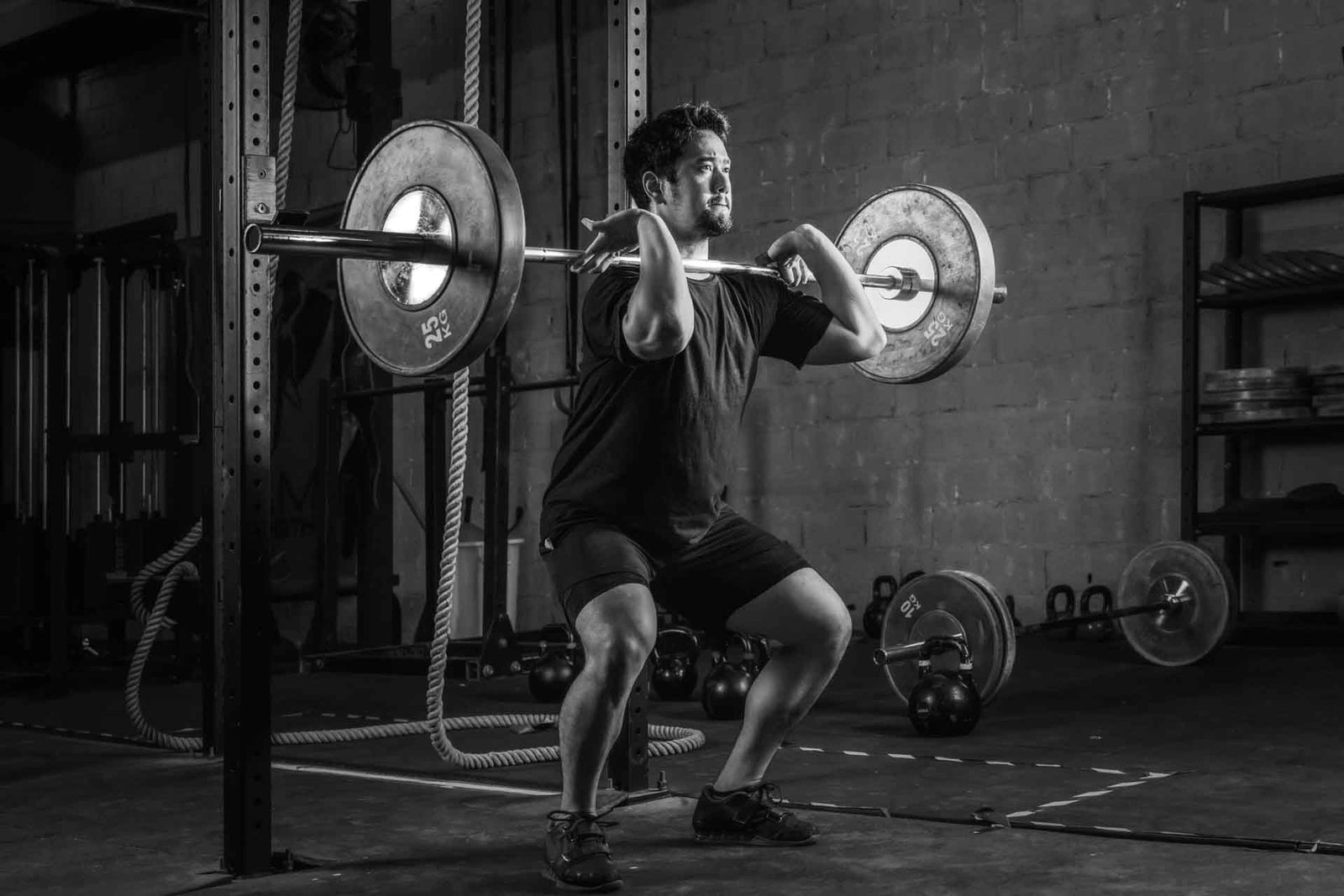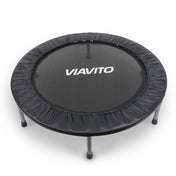So you have made the decision to pursue strength as a goal. The problem there are a cacophony of plans and programs that you can viably follow to achieve improved strength as a goal. Do you follow Mark Rippertoe’s Starting Strength program? How about a Push, Pull, Legs split? Should you use weights or bodyweight to start?
The issue with too much choice is that you can end trying to incorporate everything at once and fall quickly into a state of overtraining.
Within this article we explore strength training as a concept, it’s beginnings and the fundamental strategies on achieving strength as a goal.
So what is strength training?
Strength training can also be known as resistance training. Strength training causes the contraction of muscles against an outside resistance.
Ultimately, strength training is wrapped up in components of Issac Newton’s law of motion:
- An object will not move if no force is applied
- Force is the product of mass moving at speed
- For every action there is a reaction
Outside resistance can be caused by a number of factors or training styles, including:
- Calisthenics (bodyweight)
- Resistance bands
- Barbells
- Dumbbells
- Kettlebells
- Weight machines
Importance of strength training
Strength training has a multitude of benefits. Your primary goal when first picking up that barbell or dumbbell may be just to get strong, however strength training is a fast way to increase lean muscle mass, burn calories efficiently and develop a strong musculoskeletal system.
The benefits do not stop there. Strength training is a sure fire way to impact positively upon your mental health, giving your brain a much needed hit of endorphins, which helps reduce depression and anxiety. Strength training is a full body regime in more ways than one.
Strength training tips for beginners
There are a number of components that need to be considered when embarking on a strength training program for the first time.
- Keep it simple - when it comes to strength training, avoid overcomplicating your routine and programme. Firstly, instil time renowned movements to your programme, such as the bodyweight squat, press up and supported pull up. These will build the fundamental strength for what is to come
- Get warm - it can be very tempting to dive straight into your workout routine, however this can be the quickest route to injury. Include a few bodyweight sets, some resistance band exercise or simply use around 50% of your target ‘working sets’ weight. Additionally, jump onto the treadmill or rowing machine for 5 minutes to get the blood flowing
- Compound is King - to be explored in more detail, compound lifts are those that incorporate multiple parts of your body for the most effective of achieving strength. These lifts include the squat, bench press, deadlift and military press
- Progressive overload - increasing your strength is ultimately tied up to one concept - progressive overload. In a nutshell, this means progressively adding more weight to the bar or programme for a set number of repetitions every week
- Stick to a program and follow it - to be able to track and monitor progress accurately, you need to stick to a program and follow it. Avoid the temptation of altering your program in the early stages if you are not seeing the desired results
- Understanding the plateau - you will get to a time when you hit a plateau. Do not panic. Now is the time to consider de-loading or reducing the intensity for a week, or changing up your programme slightly
- Avoid overtraining - plateauing could also be linked to overtraining. You have been feeling good and adding weight to the bar week in, week out then ‘boom’ illness or fatigue hits. This a sure fire sign of our immune system breaking down. Take a step back. Either completely rest or do some light mobility work for the next few days. You will be back racking up PBs in no time
- Mobility work - any plateau may not be associated with your capacity for strength and lifting heavy. It could be down to flexibility. Not being able to go totally through a certain range of motion with a certain weight is a sure sign that it is time to work more on mobility. This can be achieved through foam rolling, consistent stretching work or incorporating yoga into your regime
- At the core - your capacity for executing heavier compound lifts is through having core strength. Compound lifting in its very nature will hit your core, however for further benefits, end your workout with some isolated core exercises. Hanging leg raises, pulsing planks, v-sits and Russian twists will supersede crunches any day of the week
- Do not neglect nutrition - strength training is hard on the body and you will need to get the right nutrition to enable you to repair and recover properly. Do not throw out your hard fought gains and incorporate a balance of proteins, carbohydrates and fats into your diet. Your ratio of these components will be dependent on your lifestyle
- Track progression - within our data science obsessed world, keeping track of progress is key to achieving your strength goals. There are a multitude of apps and pre-formatted spreadsheets that can help you keep track of progression. Barring that, just use a trusty pad and pen to keep track
In a nutshell
Strength training is not just a programme to cater for strength goals, but the creation of lean muscle mass, increased bone density, improved joint health, aesthetic and a desirable boost to mental health and self-confidence.
At the core of strength training is the theme of progressive overload. Keep it simple, be consistent and track your progress continuously.

